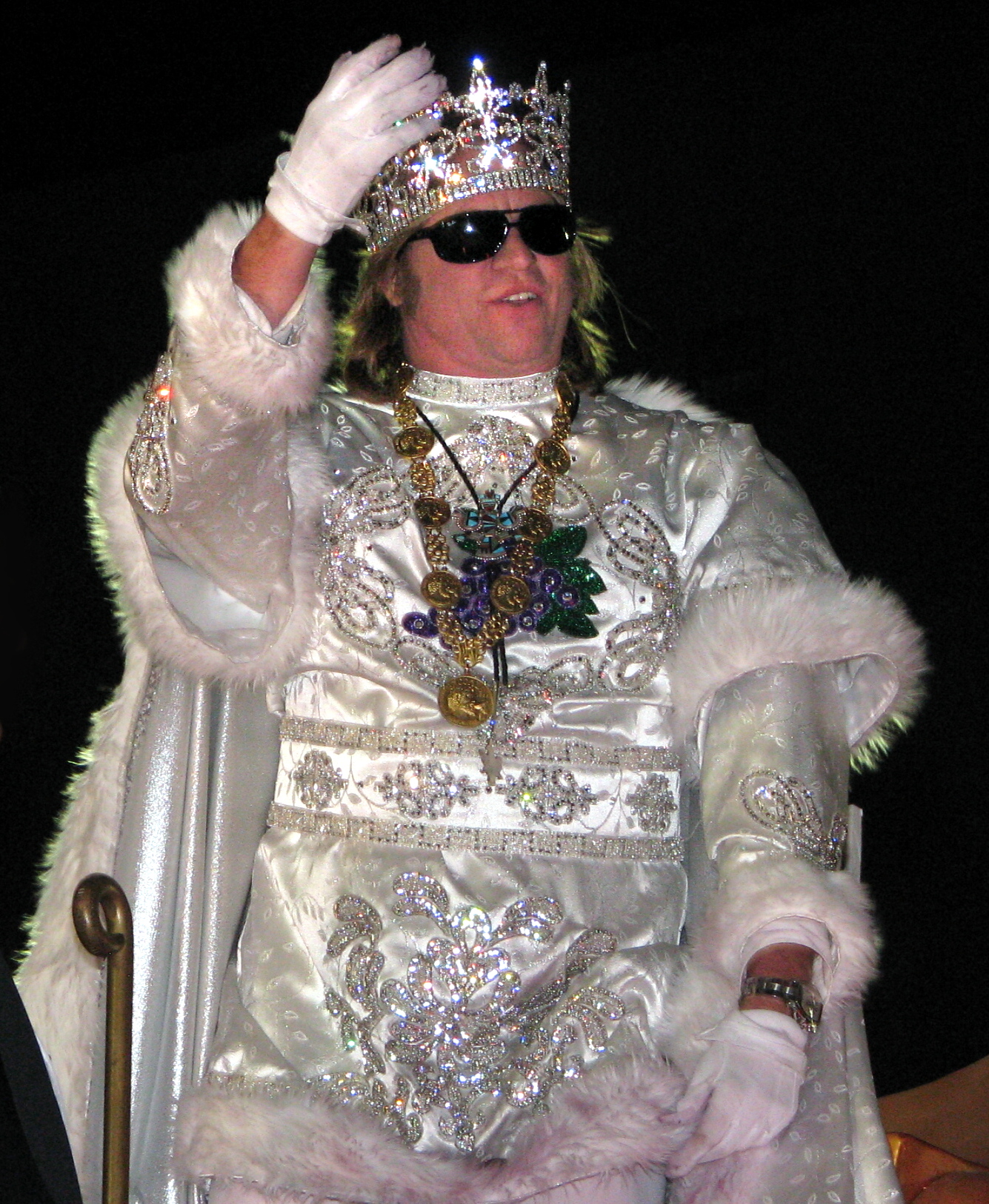Val Kilmer’s legacy in Hollywood is a story of brilliant artistry, fearless risk-taking, and a career as diverse as the roles he played. The film star, best known for his portrayals of Batman and rock icon Jim Morrison, passed away at 65 in Los Angeles after a battle with pneumonia. His life, marked by both explosive success and personal challenges, remains a fascinating tale of transformation and reinvention in the world of cinema.
A Hollywood Icon with Unconventional Charm
Born in Los Angeles on December 31, 1959, Val Edward Kilmer was raised in the Chatsworth neighborhood—a place steeped in the glamour of the entertainment industry. Growing up alongside names like Roy Rogers and learning the ropes of show business, Kilmer discovered early his affinity for performance and dramatic expression. His entrance into the spotlight was far from ordinary, characterized by a relentless drive to explore new personas and challenge conventional boundaries in acting.
Val Kilmer’s breakout moments in films such as Top Secret! (1984) revealed his innate talent for comedy and action. In this Cold War spy spoof, his portrayal of a hip American singer in Berlin showcased his versatility and flair for physical comedy—a performance that set the stage for what would become a storied career. From the quirky, energetic roles in early comedies to more intense, dramatic parts, Kilmer’s journey in Hollywood was as unpredictable as it was captivating.
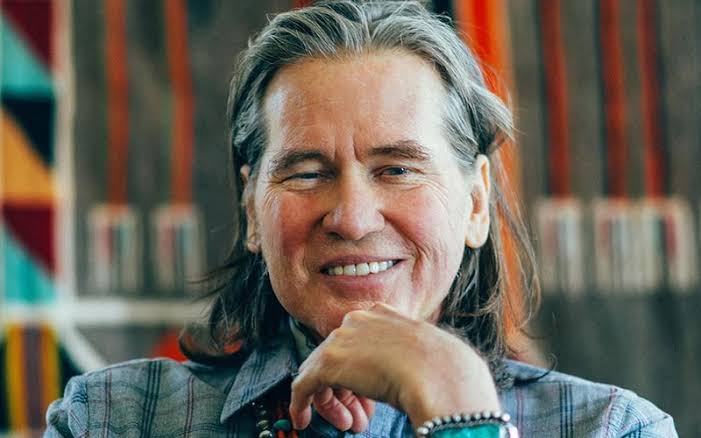
Transformative Roles and Signature Performances
Few performances define an actor’s career like those that become cultural touchstones. For Kilmer, embodying Jim Morrison in Oliver Stone’s The Doors (1991) was one such transformative moment. His portrayal of the enigmatic frontman of the rock band The Doors captured the essence of Morrison’s rebellious spirit and poetic intensity. With his chiseled features and magnetic presence, Kilmer not only honored the legacy of the rock legend but also left an indelible mark on biographical cinema.
Equally memorable was his role as Batman in Batman Forever (1995). Donning the iconic batsuit, Kilmer navigated the dark corridors of Gotham City, facing off against villains like Two-Face and the Riddler. Although opinions on his version of the Caped Crusader varied among critics and audiences, his interpretation added a unique layer to the evolving mythos of Batman. His portrayal blended heroism with a certain enigmatic allure that resonated with both comic book fans and casual moviegoers.
A Career of Contrasts and Collaborations
Kilmer’s filmography spans an impressive range of genres—from the adrenaline-fueled sequences of Top Gun (1986), where he played a cocky Navy rival, to the gritty, suspenseful narrative of Heat (1995), in which he joined forces with Robert De Niro and Al Pacino. His role as Doc Holliday in Tombstone (1993) solidified his reputation as a commanding presence in westerns, standing shoulder-to-shoulder with stars like Kurt Russell and Sam Elliott. Whether he was a charismatic outlaw, a daring pilot, or an introspective artist, Kilmer’s ability to dive deep into his characters was a testament to his dedication to his craft.
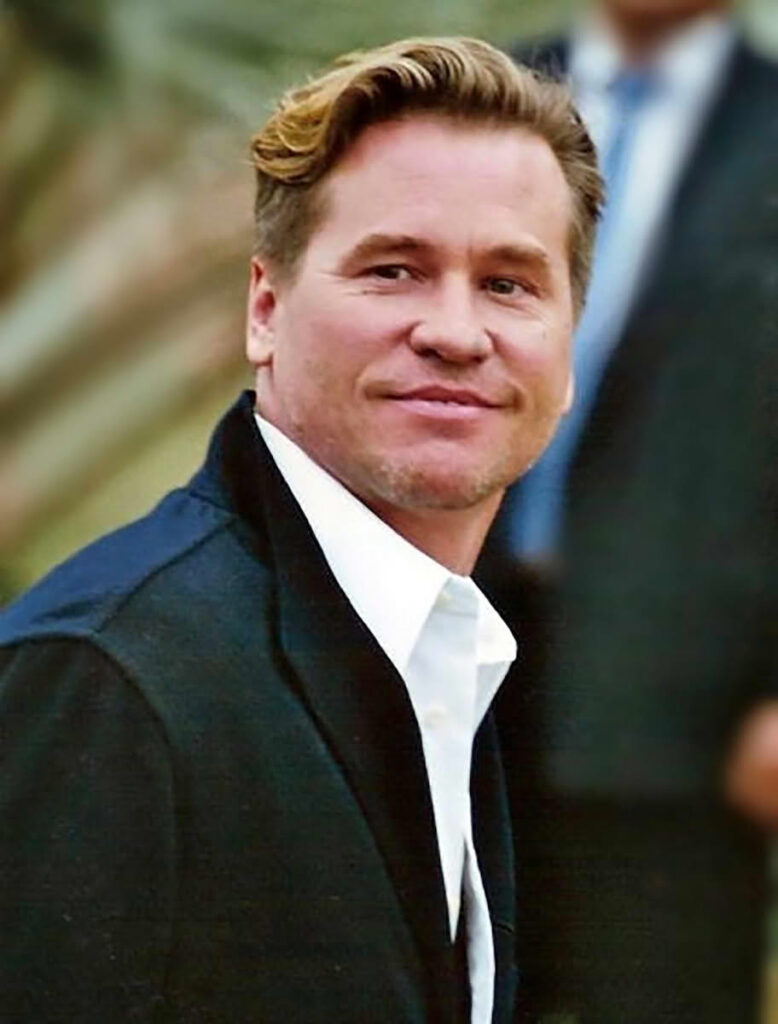
Collaborations with celebrated directors further elevated Kilmer’s status. In The Ghost and the Darkness (1996), he starred alongside Michael Douglas in a harrowing tale set in 19th-century Africa, while his role in Pollock (2000) placed him in the midst of a story about the great abstract painter Jackson Pollock. Each role added layers to his career, revealing an actor unafraid to tackle both mainstream blockbusters and independent films that challenged conventional storytelling.
The Unpredictable Spirit Behind the Star
Val Kilmer’s reputation extended beyond his film roles. On set and off, he was known for his unpredictable nature—a mix of intense concentration and spontaneous creativity. His collaborations with filmmakers like Tony Scott and David Mamet highlighted a dynamic where improvisation often became the lifeblood of his performances. This artistic spontaneity, combined with his striking physical presence, helped him carve out a niche as one of Hollywood’s most enigmatic figures.
His peers often remarked on the unique quality he brought to every project. Robert Downey Jr., who worked with Kilmer on Kiss Kiss Bang Bang (2005), recalled how their initial differences eventually gave way to a deep, mutual respect and camaraderie. Kilmer’s talent was recognized not only in his on-screen characters but also in the way he made every moment feel like a masterclass in acting—often defying expectations and challenging both audiences and critics alike.
Personal Struggles and Triumphs
Behind the camera, Kilmer’s personal life was marked by both triumph and turmoil. Diagnosed with throat cancer in 2014, he underwent treatment and made a remarkable recovery—a battle that underscored his resilience. Despite his health challenges, he continued to inspire many with his dedication to the craft and his willingness to push forward in the face of adversity.
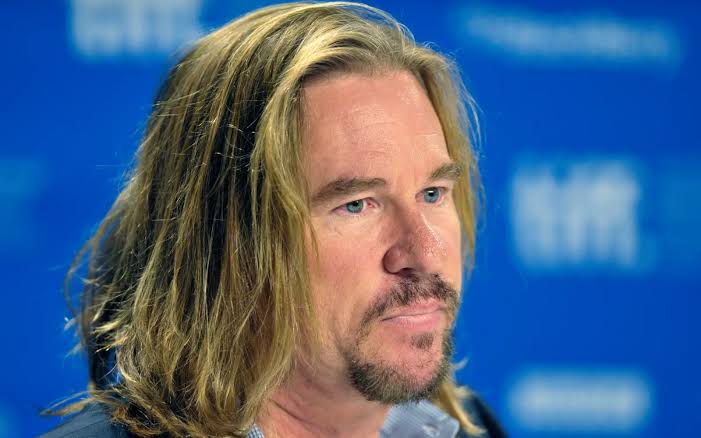
Val Kilmer’s personal journey also reflected his complex character. He was a man of many passions—an avid researcher of history, a dedicated writer, and a performer who ventured into theater. His involvement in stage productions, such as his Broadway debut in The Slab Boys (1983) and his subsequent performances in classic plays like Hamlet and ’Tis Pity She’s a Whore, demonstrated a commitment to live theater that paralleled his film career. These ventures not only honed his acting skills but also cemented his status as a true thespian who embraced the full spectrum of performance arts.
A Legacy of Reinvention
Val Kilmer’s career is a study in reinvention—a perpetual evolution that saw him moving from genre to genre, from cult classics to blockbuster hits. His portrayal of iconic characters, including his unforgettable roles as Jim Morrison and Batman, remains etched in the annals of film history. Yet, Kilmer’s journey was never about sticking to one formula. Instead, it was a constant exploration of new artistic frontiers, a willingness to reinvent himself even when the spotlight shifted and the cameras moved on.
In films like The Island of Dr. Moreau (1996), Kilmer ventured into the realm of horror, embracing roles that challenged the conventional limits of his acting range. His participation in projects like Wonderland (2003) and Twixt (2011) further showcased his desire to delve into complex narratives that defied easy categorization. Each performance was a testament to his artistic curiosity—a relentless pursuit of roles that offered new perspectives on life, love, and the human condition.
Personal Reflections and Relationships
Val Kilmer was not just a film star; he was a complex individual whose personal relationships and life experiences enriched his performances. His marriage to actress Joanne Whalley, whom he met on the set of Willow (1988), and their subsequent family life, including the births of their children, provided him with grounding amidst the whirlwind of fame. Though their marriage eventually ended in divorce, Kilmer’s commitment to his children and his life away from the relentless pace of Hollywood underscored a more introspective side of the actor.
His years away from the mainstream spotlight were spent on a ranch near Santa Fe, a period during which he focused on personal projects and explored interests beyond the silver screen. This hiatus from the limelight allowed him to cultivate a private world where creativity could flourish without the constant scrutiny of the public eye. In interviews, he often expressed gratitude for these quieter moments, which provided him with the space to reflect on his career and his legacy.
A Tribute to an Enduring Legend
The news of Val Kilmer’s passing has sent ripples through the entertainment world, with colleagues, critics, and fans paying tribute to a man whose contributions to film and theater were both vast and varied. From the electrifying energy of Top Gun to the brooding intensity of Batman Forever, Kilmer’s performances were marked by a distinct blend of charisma, vulnerability, and an unmistakable screen presence.
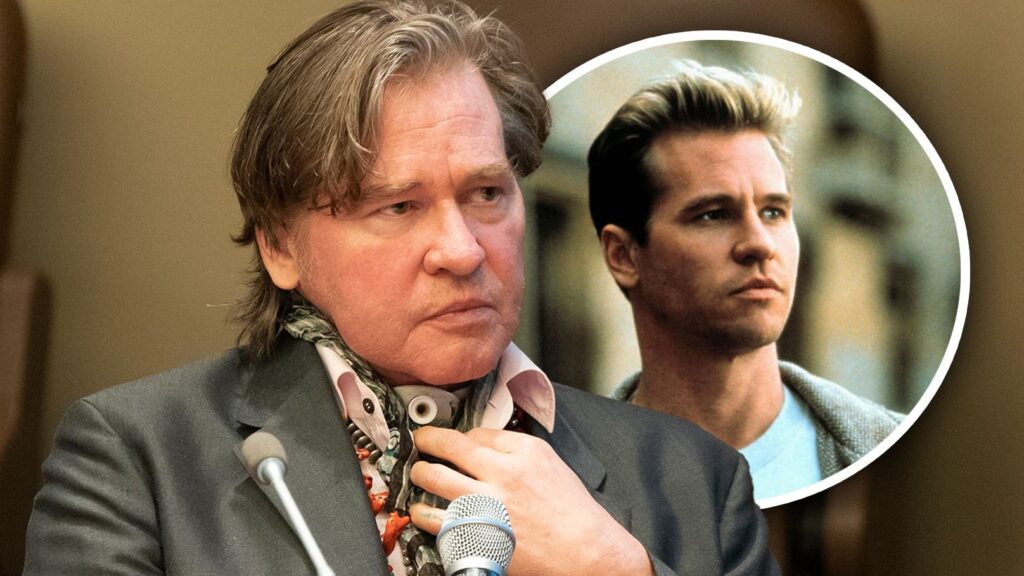
His work in films like The Doors not only redefined biographical storytelling but also immortalized the spirit of an era marked by rebellion and artistic expression. In his portrayal of Jim Morrison, Kilmer captured the paradox of a man who was both larger than life and deeply human—a rocker whose every performance resonated with the soul of a generation. His role as Batman, though met with mixed reviews, remains a cultural touchstone that continues to spark debate among fans and cinephiles alike.
The Keywords of His Career
In discussing Val Kilmer’s impact, it is impossible to overlook the myriad keywords that define his multifaceted career: actor, film star, Hollywood, performance, transformation, Batman, Jim Morrison, The Doors, Top Secret, Top Gun, Tombstone, Heat, Broadway, theater, biopic, character study, improvisation, spontaneity, cult classic, blockbuster, transformation, reinvention, icon, legacy, resilience, cancer survivor, Los Angeles, Chatsworth, stage, director, mentor, and creative genius.
These keywords, along with countless others such as thriller, drama, action hero, rock star, period piece, historical epic, documentary, and art house, form the tapestry of Kilmer’s career. Each term reflects a facet of his artistry—from the unpredictable energy that defined his early roles to the nuanced performances that captivated audiences around the world.
The Enduring Impact on Film and Culture
Val Kilmer’s influence extends far beyond his filmography. His approach to acting—a blend of meticulous preparation and spontaneous creativity—has inspired a generation of performers who see in him a model of what it means to be fearless in the pursuit of artistic expression. His willingness to take risks and challenge the status quo resonated with filmmakers and audiences alike, carving out a legacy that will continue to influence the landscape of modern cinema.
In the realm of pop culture, Kilmer’s roles have left an indelible mark. His portrayal of Batman remains a topic of discussion among comic book enthusiasts and film historians, while his unforgettable performance as Jim Morrison in The Doors continues to evoke the rebellious spirit of the 1960s. Whether remembered as a chameleon-like actor who shifted seamlessly between genres or as a cultural icon whose career defied easy categorization, Val Kilmer’s name is synonymous with creative excellence.
Remembering a Life Fully Lived
As we reflect on the life and career of Val Kilmer, we remember not just the roles he played, but the vibrant personality behind them. He was an artist who lived passionately, taking chances that both dazzled audiences and challenged the norms of Hollywood. His journey—marked by triumphs, setbacks, and a constant quest for reinvention—is a poignant reminder of the transformative power of art.
In his final years, despite personal struggles and the inevitable challenges of aging, Kilmer continued to engage with his craft and remain true to his artistic vision. His story is one of perseverance and boldness—a narrative that will inspire future generations of actors, directors, and storytellers. Through every role and every public appearance, he demonstrated that creativity is a lifelong pursuit, one that endures despite the fleeting nature of fame.
Final Reflections
Val Kilmer’s passing marks the end of an era in Hollywood, but his legacy will continue to live on through his films, his memorable performances, and the profound impact he had on the art of acting. His life reminds us that even in a world driven by spectacle and box office numbers, true artistry is measured by the courage to take risks, the resilience to overcome personal hardships, and the commitment to tell stories that resonate on a deeply human level.
As fans, critics, and fellow artists pay tribute to this remarkable talent, the conversation around his work will undoubtedly continue to inspire debates, reflections, and heartfelt remembrances. From his early days as a rising star in Los Angeles to his later years as a respected veteran of stage and screen, Val Kilmer’s journey is a testament to the transformative power of cinema—a power that has the ability to shape culture, evoke emotion, and forge lasting connections between artist and audience.
In celebrating his life, we honor not just the roles he embodied but the spirit of innovation and creativity he championed. His career—a mosaic of unforgettable performances, daring choices, and a relentless pursuit of excellence—will remain a guiding light for anyone who dares to dream and create. Val Kilmer will be remembered as a singular force in film, a man who truly lived life on his own terms, leaving behind a legacy that will continue to inspire and provoke thought for years to come.
In the final analysis, the story of Val Kilmer is one of passion, artistry, and an unyielding commitment to the craft of acting. It is a story that weaves together the threads of Hollywood glamour, raw talent, and a deeply personal journey—a narrative that challenges us to look beyond the screen and appreciate the human spirit that drives every performance. As we say goodbye to this iconic film star, we celebrate the richness of his career and the profound impact he had on the world of entertainment, leaving an enduring legacy that will forever be etched in the annals of cinematic history.
